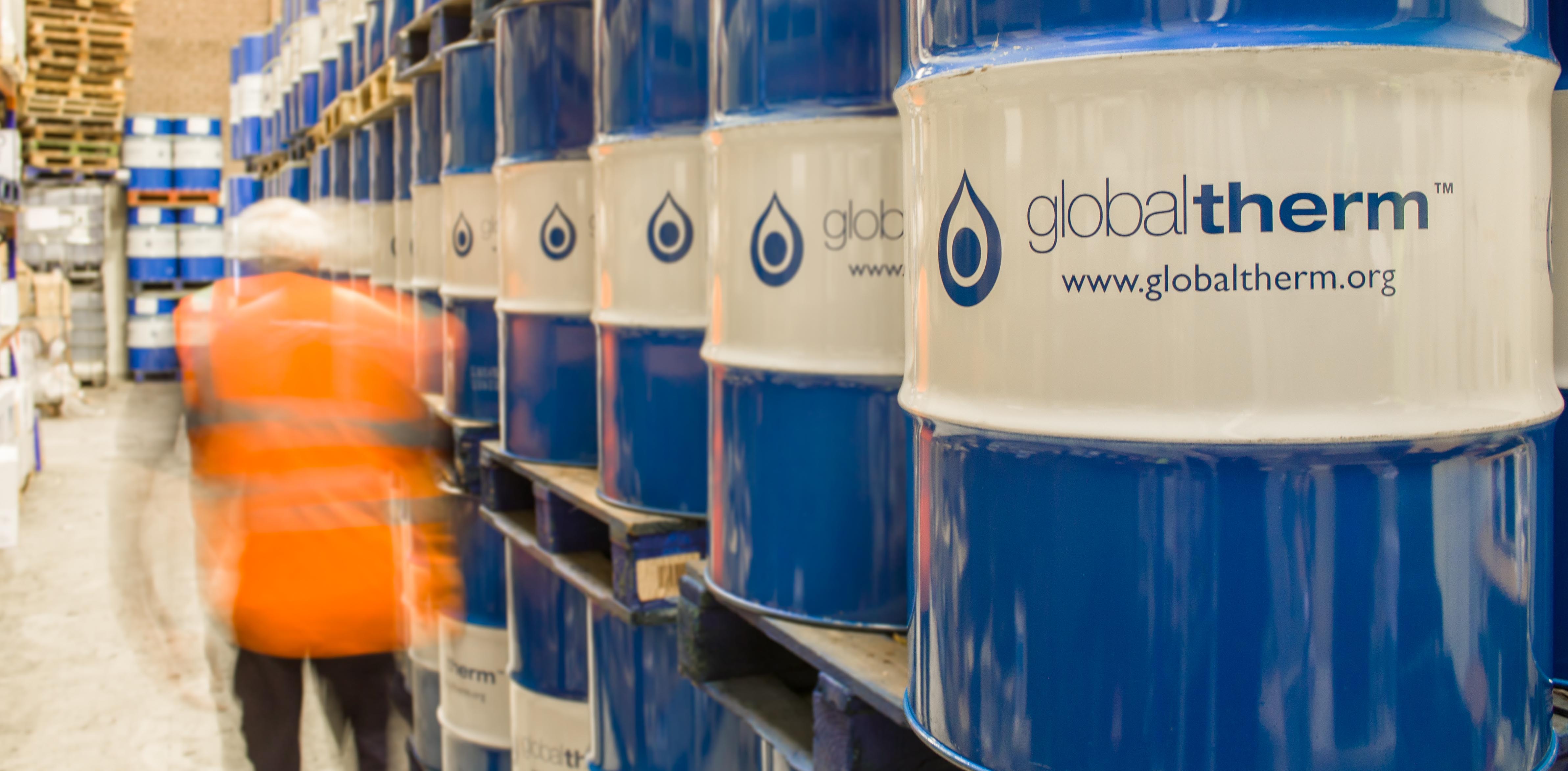Dielectric Cooling Fluid: The Next Generation of Safe Cooling Solutions
Wiki Article
Maximize Your System's Life expectancy With the Right Heat Transfer Fluid
Selecting the appropriate heat transfer liquid is critical for maximizing system efficiency and durability. Understanding the various kinds of warm transfer fluids and the particular demands of your application can substantially affect the overall health of your system.Relevance of Heat Transfer Fluids

Furthermore, warm transfer fluids contribute to the safety and reliability of thermal systems. Additionally, the right heat transfer fluid can offer protection against deterioration and scaling, more expanding the life expectancy of machinery and infrastructure.
Sorts Of Heat Transfer Fluids
Different types of heat transfer fluids are commonly made use of in commercial applications, each tailored to specific functional requirements and temperature varieties. One of the most prevalent categories consist of water, oils, and specialized artificial fluids.Water is commonly used as a result of its exceptional thermal conductivity and accessibility; however, its constraints develop at heats and potential cold conditions. For greater temperature level applications, thermal oils, such as mineral oils or natural compounds, are used. These oils supply exceptional thermal stability and can operate successfully at elevated temperature levels, making them appropriate for procedures like food handling and petrochemical production.
Artificial liquids, which can be either inorganic or organic, are designed to satisfy particular efficiency standards. They typically display boosted residential or commercial properties such as reduced poisoning, broad temperature varieties, and resistance to oxidation. Instances consist of esters and glycols, which are excellent for specialized applications like solar thermal systems and warmth exchangers.
Additionally, refrigerants are used in cooling down systems, leveraging their phase modification residential or commercial properties to release and soak up warm efficiently. Each sort of warmth transfer fluid is and presents unique benefits selected based on the details needs of the application, making certain optimal performance and system long life.
Factors to Think About When Selecting
Picking the appropriate heat transfer fluid includes mindful consideration of several elements to make certain optimum performance and system efficiency. One of the main aspects is the temperature level array needed for the system. Liquids vary in their thermal stability and can lose or break down effectiveness outside certain temperature level limits.One more vital factor to consider is the liquid's thickness, as it impacts pump performance and energy usage. A liquid that is too thick might impede flow and increase functional prices. Furthermore, the fluid's details warmth ability plays an essential function in figuring out how effectively it can move warm.
Chemical compatibility with system materials is also vital to protect against corrosion, degradation, or leakages - heat transfer fluid. Ensuring that the picked fluid works with the building and construction materials can extend the life expectancy of the system

Benefits of Appropriate Fluid Option
Proper choice of a warm transfer liquid returns considerable advantages for system performance and reliability. The right liquid boosts thermal conductivity, ensuring ideal warm transfer rates within the system. This effectiveness decreases power consumption, resulting in lower operational expenses and a minimized ecological impact.
In addition, ideal fluid selection adds to system longevity by avoiding rust and deterioration of elements. Liquids developed with rust inhibitors safeguard metal surfaces, thus prolonging the life expectancy of pumps, pipes, and heat exchangers. Additionally, selecting a fluid with ideal thickness makes sure efficient flow, which is essential for preserving regular temperature distribution throughout the system.
Another crucial advantage is the liquid's thermal stability. A secure warmth transfer liquid can run over a large temperature level array without damaging down or shedding effectiveness, which is crucial for systems subjected to changing thermal conditions. Additionally, the best fluid can likewise minimize dangers connected to freezing or boiling, thus preventing functional interruptions.
Maintenance Tips for Long Life
Guaranteeing the long life of a warm transfer system requires thorough maintenance methods that complement the advantages of proper liquid selection. Normal evaluations are vital to recognize possible leaks, rust, or debris accumulation that could endanger system efficiency. Develop a regular timetable to evaluate pipeline integrity, links, and installations, as these areas are commonly prone to damage.
Keeping track of fluid levels and high quality is similarly vital. Regularly check for signs of contamination, such as discoloration or particle matter, which can indicate degradation of the heat transfer fluid. Implementing periodic liquid evaluation can give understandings right into its chemical buildings, enabling timely substitutes when needed.
Furthermore, preserving optimal operating temperatures is vital. Urge the usage of temperature level controls and sensing units to prevent overheating, which can increase fluid degradation and damages system parts.
Last but not least, constantly stick to the producer's guidelines regarding liquid replacement intervals and upkeep procedures. By devoting to these finest dielectric cooling fluid methods, you can considerably boost the functional lifespan of your warmth transfer system, making certain trustworthy performance and reducing the demand for early substitutes or pricey repair work.
Conclusion
Finally, the choice of an appropriate warmth transfer fluid is important for boosting system effectiveness and longevity. By recognizing the various kinds of fluids and taking into consideration essential variables such as thermal conductivity and rust resistance, optimum performance can be attained. In addition, regular maintenance and inspections play a crucial role in sustaining operating problems. Prioritizing these aspects ensures the prolonged life-span of important parts, eventually contributing to a much more effective and reliable system.Heat transfer fluids play a critical role in different commercial and business applications by promoting the efficient transfer of heat between surfaces.Moreover, heat transfer fluids contribute to the safety and reliability of thermal systems. Additionally, the fluid's certain warm capability plays a crucial function in figuring out exactly how successfully it can move warm.
The right fluid enhances thermal conductivity, guaranteeing optimal warmth transfer rates within the system. A steady warmth transfer liquid can operate over a vast temperature array without damaging down or shedding performance, which is vital for systems revealed to changing thermal conditions.
Report this wiki page